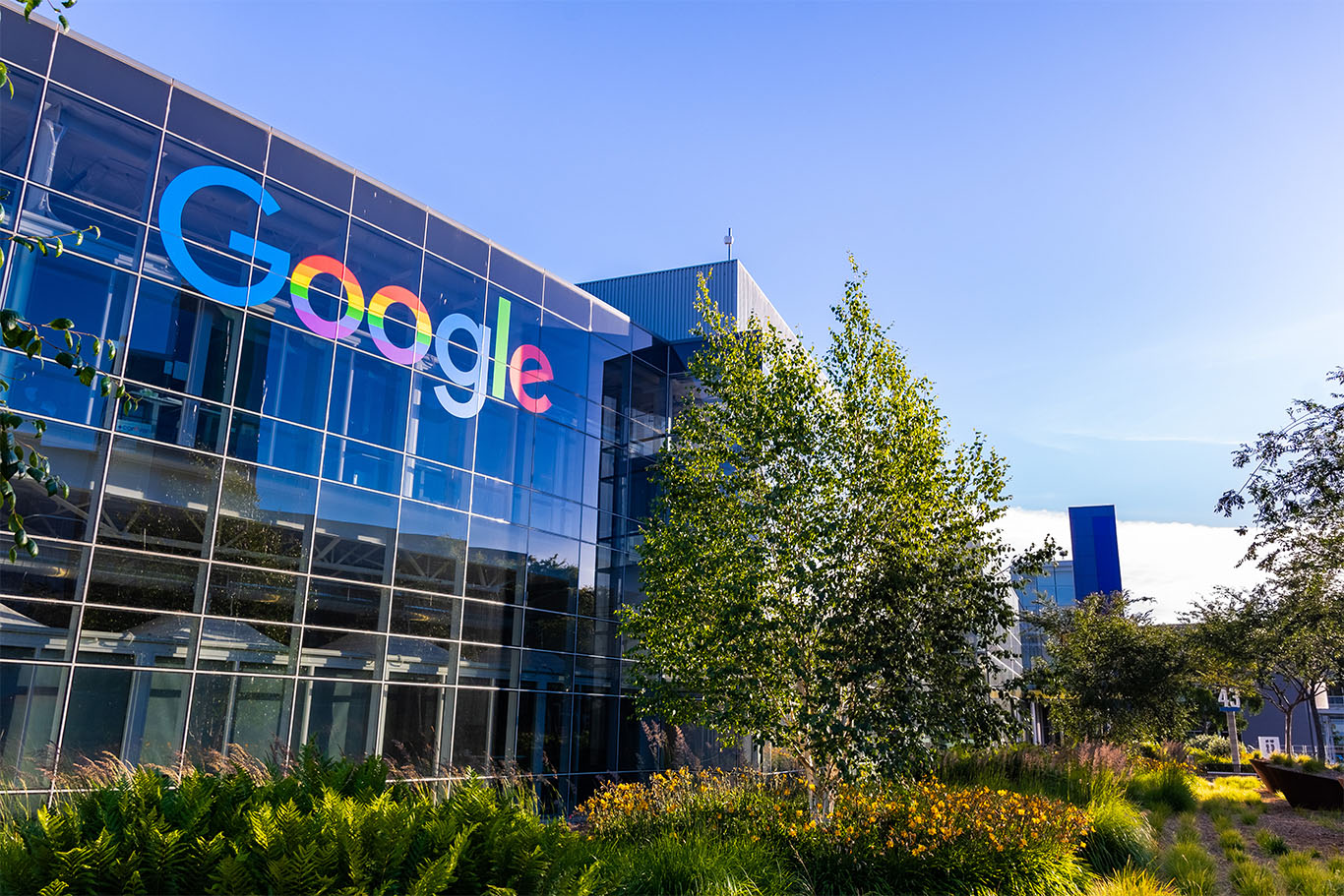
Google’s new exit plan: buyouts over layoffs to power AI funding
Google is offering thousands of US-based employees voluntary buyout packages as part of a broad restructuring effort. Unlike previous rounds of layoffs, such as the 12,000 positions cut in 2023, this strategy is quieter but still impactful. Departments affected include Search, Ads, Commerce, engineering, marketing, research, legal, and HR. The buyout program, while optional, is strategically placed. It offers employees an exit route while freeing up capital for future investments.
The company’s updated return-to-office policy further reinforces this shift. Employees within 50 miles of a Google office are expected to work on-site at least three days a week. For those unwilling or unable to do so, the buyout becomes a practical alternative. It shifts the narrative from forceful reduction to voluntary transition.
How AI investments are reshaping workforce planning
Central to these changes is a major capital reallocation toward artificial intelligence. Google plans to invest about $75 billion in 2025 in data centers, chips, and cloud infrastructure. Gemini and Search-related AI platforms are central to this investment.
These projects require significant funding. Alphabet executives have made clear that their focus is on long-term competitiveness, even if near-term costs raise investor concerns. The company’s strategy is to embed AI across products and internal processes.
To enable this, operational costs need to be trimmed. Voluntary exits provide a way to reduce headcount without the reputational and legal complications of layoffs. The capital saved helps support this shift toward AI development.
Impact on employees and the broader tech industry
For employees, the voluntary buyout offers both risk and opportunity. Those in roles that overlap with AI tools or fall outside core growth areas may face a decision: accept the buyout or risk displacement later. Financially, buyouts often include structured severance and extended benefits, softening the exit.
In the broader industry, Google’s approach could serve as a template. Other tech firms might adopt similar programs to manage workforce changes while avoiding the stigma associated with layoffs. Voluntary exits, when combined with RTO policies, create a subtle but effective means of reducing staff.
What buyouts really mean compared with layoffs
Buyouts and layoffs both reduce headcount, but the mechanisms differ. Layoffs create headlines, damage morale, and increase legal exposure. Buyouts, by contrast, offer an appearance of choice and maintain a more positive public image.
Employees have more control in a buyout scenario. They can plan their departure, manage finances, and transition more smoothly. For companies, buyouts reduce internal resistance and protect employer branding.
Still, buyouts signal a shift in company priorities. Offering them in targeted divisions often reflects decreased strategic value, even if that message is quietly delivered.
Investor and market response to Alphabet’s strategy
Investor reactions have been mixed. Alphabet’s share price dipped after the company announced its planned capital expenditure for 2025, which represents a 43 percent increase year over year. Some questioned the return on such a heavy AI investment.
Company leadership has defended the plan. Executives argue that demand for AI services is already surpassing available infrastructure and that early investment is essential to remain competitive.
Whether the strategy succeeds will depend not only on technological performance but also on how effectively Google manages its workforce during this period of transformation.
Sources:
Investopedia